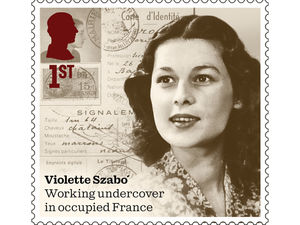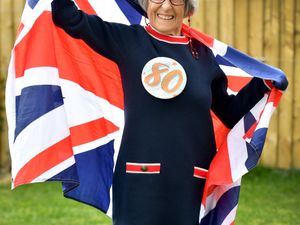Fact or fiction: Who was Oswald Mosley?
He’s a fascist, he’s strutted his way into Peaky Blinders – and he hailed from the Midlands.

While the BBC’s Birmingham-based gangster family epic weaves fact with fiction, Oswald Mosley was a real-life character who was a Labour MP in the Midlands in the 1920s before going on to found the notorious Blackshirts – the British Union of Fascists.
Mosley modelled his ideas and style on Mussolini. His rallies were often marked by violence and disturbances. They included a number in Shropshire where he was quite at home, literally, because this was the place of his childhood.
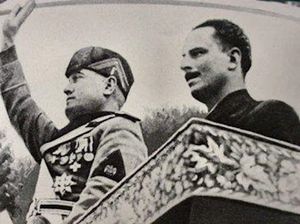
Peaky Blinders ends on Sunday with Tommy Shelby, played by Cillian Murphy, plotting to have him assassinated.
In reality, Mosley’s influence faded away once the war started. After a stint in internment he spent most of his life abroad, disgraced and discredited, before dying in 1980.
Mosley’s political rise began as Conservative MP for Harrow in 1918, before becoming an Independent, and then elected in the Black Country as Labour MP for Smethwick in 1926.
A charismatic egotistical womaniser with a sense of his own destiny, Mosley formed the BUF in 1932, adopting Nazi-style uniforms, salutes, and insignia, and taking an anti-Semitic stance.
Nationally, Mosley gained a measure of support, but also faced ferocious opposition, and electoral success was thin.
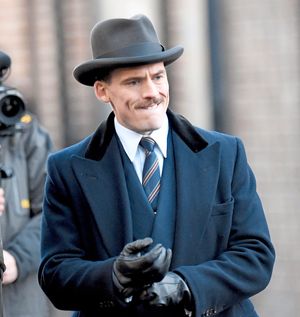
As Britain was plunged into war against the Nazis, Mosley and hundreds of his supporters were interned. And that, more or less, was that. He attempted a post-war revival of sorts, but nobody was interested, and he ultimately retired to live in France.
Mosley may have once been a Black Country MP, but in mid-1930s rural Shropshire, Mosley was embraced as a bit of a local lad.
When in 1934 he was given space in some Shropshire newspapers to explain what his movement stood for, they remarked his article would be “read with interest by Shropshire people, many of whom will recall that as a boy he lived successively at Newport and Market Drayton.”
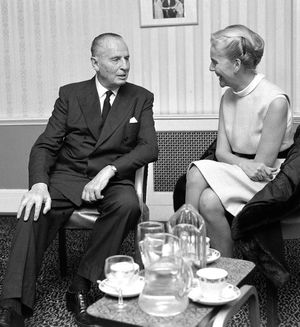
During rallies Mosley would typically stand on top of a makeshift platform and spout about the virtues of Fascism and the evils of Communism.
One such event was recalled in 2004 by Gerry Hayward, of Whitchurch. He said: “I remember Mosley at Whitchurch. A farm cart was drawn into the Brownlow Street car park and he addressed people. He was dressed in his Blackshirt uniform.
“Incredibly, the very next day I was seeing youngsters in the town, and I mean 18 to 20 year olds, wearing black shirts, so it had been contagious to that degree.”
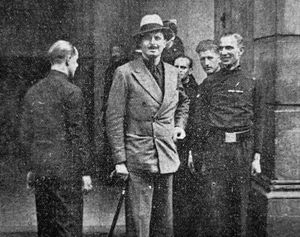
The Music Hall at Shrewsbury was the venue for a well-attended meeting of the Blackshirts addressed by the black-shirted Mosley on June 12, 1934. Although there had been rumours that a party of Communists from Birmingham planned to be present – which would, of course, have spelled trouble – nothing untoward happened.
His rally in Market Drayton was on May 8, 1935, and was written up in the next edition of ‘The Blackshirt’. It reported: “The meeting ended with the singing of the National Anthem and, as the leader descended the platform, he was loudly cheered. He mingled with the crowd and met old friends.”
Wellington, though, wouldn’t have it, and there was a riot when Mosley’s Blackshirts staged a rally in the Square in May 1939, where they were pelted with eggs and fruit and run out of town. Some old Wellingtonians swore Mosley was there in person, but it seems Wellington only got a second string Fascist, in the form of one H. Hobson Cooke, who was injured in the fracas.
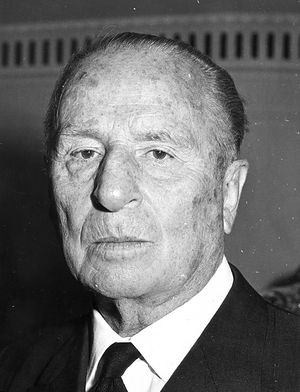
As for those local links, Mosley’s parents split up when he was a young boy. His mother Lady Mosley had lived at Beech Hill, Newport, and by the time of Oswald’s marriage in 1920 she was living at Betton House, Market Drayton, and was well known locally.
When Betton House was put on the market in the 1980s it was reported that it was Mosley’s birthplace, although biographies on the internet put his birthplace as Mayfair, London.
It is clear that Mosley either lived in Shropshire for a while as a youngster, or was at least familiar with the Market Drayton and Newport areas.
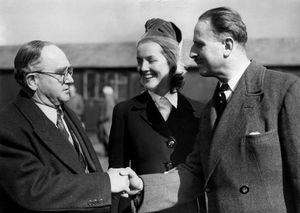
Mosley’s Shropshire links were researched some years ago by renowned local historian Keith Pybus, living then at Market Drayton.
He said at the time that he moved to be near his mother’s family when her husband left her. He added: “Mosley spent his boyhood in Market Drayton, went to a little dame school here, and I found many 70 and 80 year-olds who could tell me about the years 1900 to about 1908, when he went to boarding school.“Why was he here? His mother’s family lived at Betton and when his mother was deserted by her cad of a husband, I think she needed moral and maybe financial support.
“The house they lived in is still here in Smithfield Road. Mosley was deeply ashamed of his years of poverty here.
“He barely mentions Market Drayton in his autobiography and then only slightingly.”

